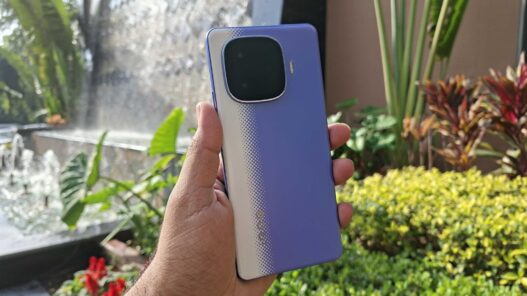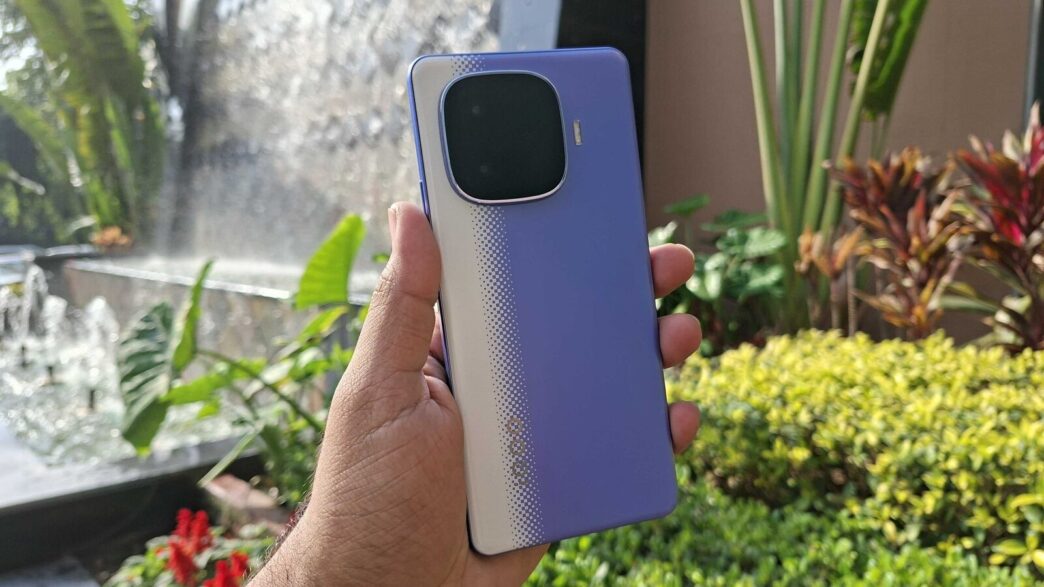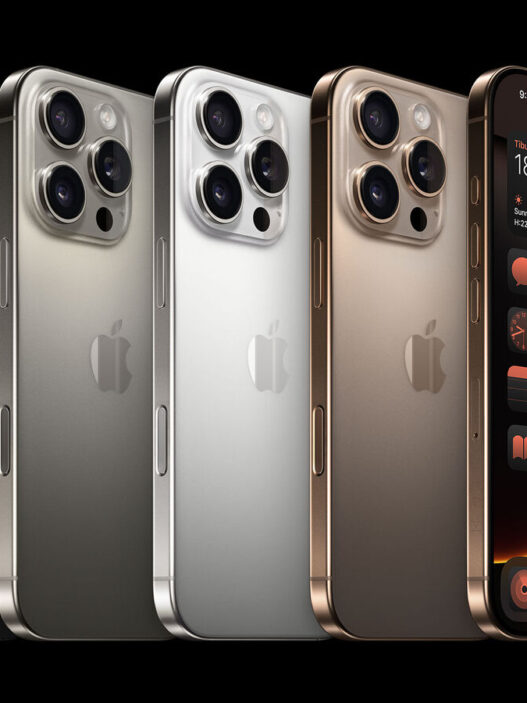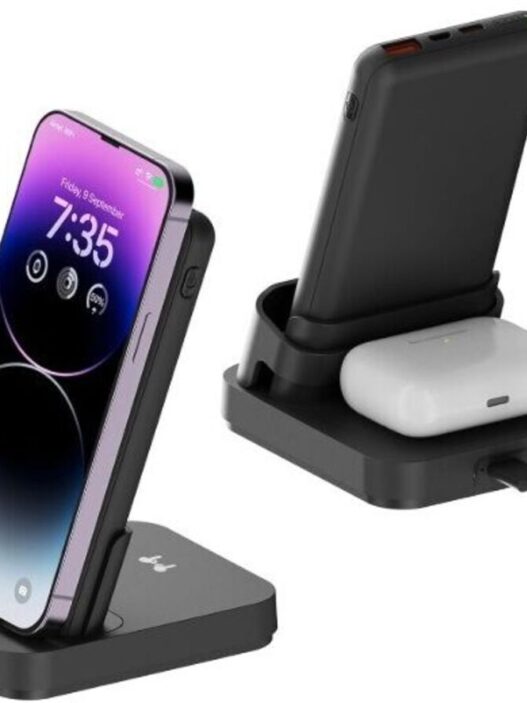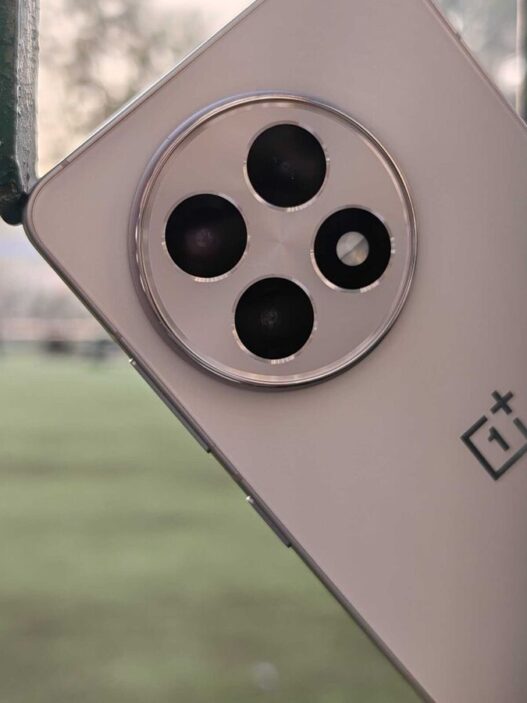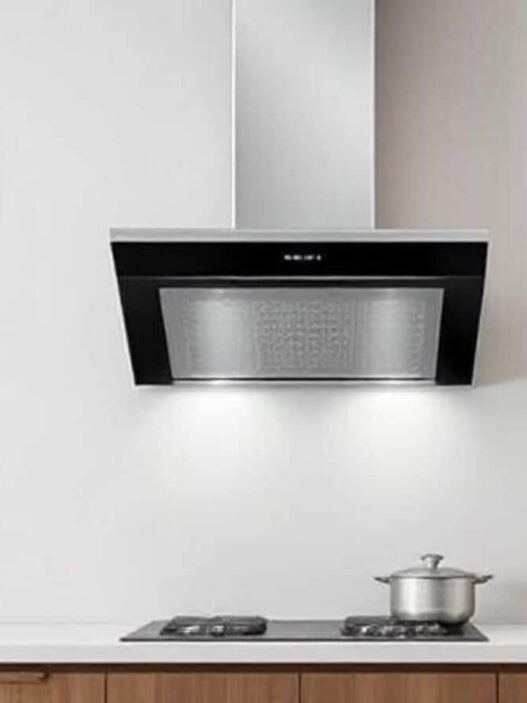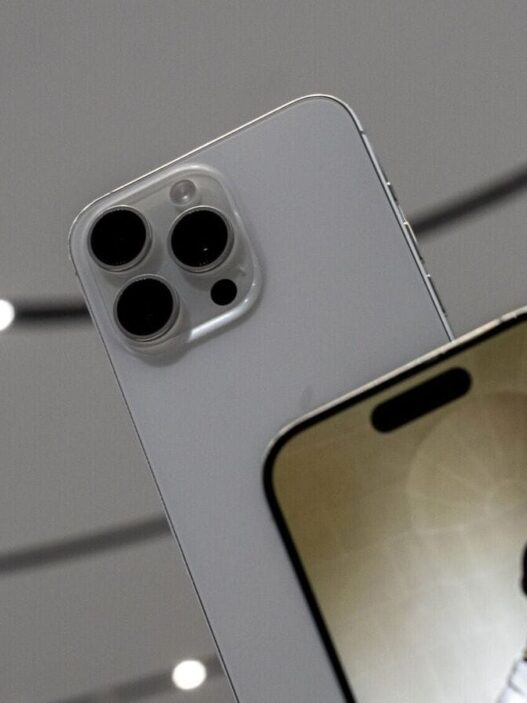With new budget phones being launched periodically, the sub- ₹25,000 price segment market has become highly cluttered, making it difficult to find the right device for a person’s specific needs. In order to help declutter the buying choice, we have compiled the list of top phones one can consider in this price range with different options for different users.
Best phones under ₹25,000 in April 2025:
1) iQOO Neo 10R:
iQOO Neo 10R features a 6.78-inch AMOLED display with a 1.5K resolution, supporting a refresh rate of up to 144Hz. The screen offers a peak brightness of 4,500 nits, 3,840Hz PWM dimming, and HDR10+ certification.
It is equipped with the Snapdragon 8s Gen 3 chipset, built on a 4nm TSMC process. The company claims the device has an AnTuTu benchmark score exceeding 1.7 million. The smartphone features a 90fps gaming mode for up to five hours, a 2,000Hz instant touch sampling rate, and an e-sports mode.
For optics, the rear camera system consists of a 50MP Sony primary sensor with optical image stabilisation (OIS) and an 8MP ultra-wide-angle lens. The front camera is a 32MP unit. The phone also supports 4K video recording at 60fps.
The device houses a 6,400mAh battery and has a thickness of 7.98mm. It supports 80W fast charging, and the company claims the battery will maintain over 80 per cent health after five years of usage.
2) Motorola Edge 60 Fusion:
Motorola Edge 60 Fusion features a 6.7-inch quad-curved pOLED display with a 1.5K resolution, 120Hz refresh rate and support for up to 4,500 nits of peak brightness. The panel supports a 120Hz refresh rate, 300Hz touch sampling rate, and a peak brightness of 4,500 nits. Additionally, it offers HDR10+ support and is protected by Corning Gorilla Glass 7i. Motorola has also integrated Water Touch 3.0 technology.
Under the hood, the device runs on MediaTek’s Dimensity 7400 SoC, paired with up to 12GB of LPDDR4X RAM and 256GB of uMCP storage. For users requiring additional storage, the phone supports microSD expansion up to 1TB. It operates on Android 15-based Hello UI, with three years of OS updates and four years of security patches promised.
3) Poco X7 Pro:
Poco X7 Pro features a 6.73-inch AMOLED flat display with a 1.5K resolution, 120Hz refresh rate and a peak brightness of 3200 nits. The mid-ranger is protected by Corning Gorilla Glass 7i on the front and makes use of a dual tone vegan leather design on the back.
Powered by the MediaTek Dimensity 8400 Ultra processor, built on a 4nm TSMC process, the POCO X7 Pro 5G can reach clock speeds of up to 3.25GHz. It comes with LPDDR5X memory and UFS 4.0 storage.
The phone is equipped with a 6550mAh Silicon-Carbon battery using Solid Electrolyte Technology. It supports 90W HyperCharge, allowing for a full charge in approximately 47 minutes.
For optics, the Poco X7 Pro 5G includes a 50MP Sony LYT-600 primary sensor with an f/1.59 aperture, supported by Optical Image Stabilization (OIS) and Electronic Image Stabilization (EIS). The ultra-wide camera is 8MP with a 120° field of view, and the front camera is 20MP. The device supports video recording at up to 4K at 60fps.
It runs on Xiaomi HyperOS, based on Android 15, with a promise of three years of Android updates and four years of security patches. It also has an IP66, IP68, and IP69 rating for water and dust resistance, meaning the phone can handle water jets and submersion up to 1.5 metres.
4) OnePlus Nord CE 4:
OnePlus Nord CE4 features a 6.7-inch Full HD+ AMOLED display with a 2412 x 1080 pixel resolution and a refresh rate of up to 120Hz. It supports a 210Hz touch sampling rate, 2160Hz PWM dimming, HDR 10+ color certification, and 10-bit color depth.
Under the hood, the Nord CE 4 5G is equipped with the Qualcomm Snapdragon 7 Gen 3 SoC and an Adreno 720 GPU, catering to graphics-heavy tasks. It offers up to 8GB of LPDDR4x RAM and up to 256GB of UFS 3.1 storage.
For photography, the device features a dual rear camera setup with a 50MP Sony LYT600 primary sensor with OIS and an 8MP Sony IMX355 ultra-wide-angle lens. A 16MP front camera takes care of selfies and video calls.
The Nord CE 4 comes with a massive 5,500 mAh battery with support for 100W fast charging. The phone runs on Oxygen OS 14 based on Android 14 and is promised to get 2 years of OS updates and 3 years of security patches.
5) Vivo T3 Pro:
Vivo T3 Pro 5G features a 6.77-inch Full HD+ 3D curved AMOLED display, offering a peak brightness of 4,500 nits and a refresh rate of up to 120Hz. It runs on a Qualcomm Snapdragon 7 Gen 3 SoC coupled with an Adreno 720 GPU, supporting up to 8GB LPDDR4x RAM and 256GB UFS 2.2 storage.
In terms of photography, the device features a dual-camera setup on the rear, including a 50MP Sony IMX882 primary sensor with OIS and an 8MP ultra-wide angle lens with EIS. A 16MP front camera is available for selfies and video calls.
The device is equipped with a 5,500mAh battery supporting 80W fast charging and operates on FunTouch OS 14, based on Android 14. Vivo guarantees 2 years of OS updates and 3 years of security patches for this model.
The Vivo T3 Pro 5G is designed with an IP64 rating for dust and splash resistance and has a slim profile of 7.49mm, even with a vegan leather back variant, while housing a massive 5,500mAh battery.
Which phone is right for you under ₹25,000?
If you are looking for a gaming phone on a budget, it’s hard to go wrong with either the Poco X7 Pro or iQOO Neo 10R. Both phones offer similar performance, the former with a MediaTek SoC and the latter with a Snapdragon one. However, the X7 Pro does have a lead with IP68/IP69 rating while iQOO probably has the best camera among all 5 options.
The Edge 60 Fusion is a good alternative for someone who wants a stock Android like clean user experience while the OnePlus Nord CE 4 and Vivo T3 Pro continue to be among the most balanced phones in this range but look slightly outdated with not enough water sealing support.

